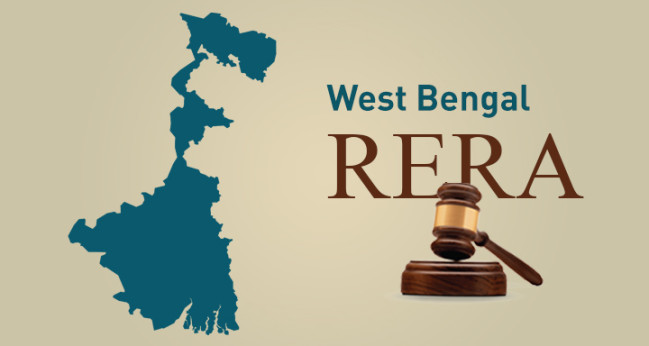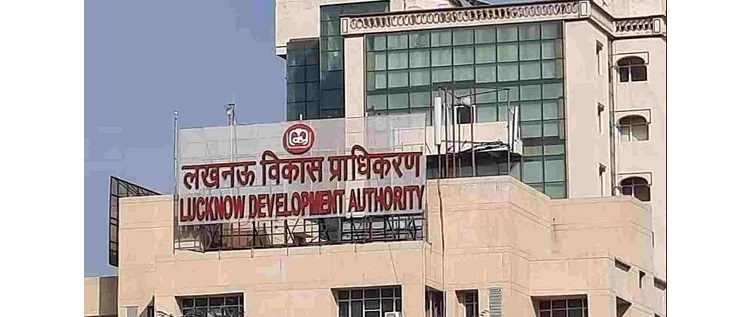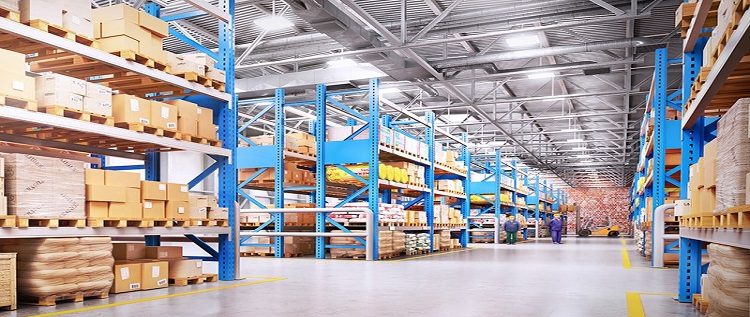E - PAPER
Government Backs Merger of Two Tax Slabs in GST
The central government is in favour of merging the goods and services tax (GST) rates of 12% and 18% into a single slab. Acceding to a demand first made by some states and endorsed by the Fifteenth Finance Commission (FFC). GST Council, India’s federal indirect taxes
 BY
Realty Plus
BY
Realty Plus
Published - Monday, 22 Feb, 2021

The central government is in favour of merging the goods and services tax (GST) rates of 12% and 18% into a single slab. Acceding to a demand first made by some states and endorsed by the Fifteenth Finance Commission (FFC). GST Council, India’s federal indirect taxes body, may discuss the matter at its meeting in March.
Apart from special rates of 0.25% and 3% on precious stones and metals, India currently has four primary GST rates of 5%, 12%, 18% and 28%. There is also a cess on luxury and demerit goods such as automobiles, tobacco and aerated drinks. There have been discussions regarding the merger of the two tax slabs. It could be taken up for consideration in the next (GST) Council meeting in March. States also need to agree.
When India merged 17 central and state taxes into a single GST, it was supposed to be a revenue-neutral exercise; meaning, it wouldn’t lead to any changes in the actual tax revenue for states and the Centre. However, a series of GST cuts since then has reduced the tax revenue, and a tax slab revision will aim to correct this.
“If the 12% and 18% slabs are merged to form a new slab somewhere in between, the tax burden on items currently in 12% slab will rise. It remains to be seen how businesses and consumers will respond. On the other hand, tax on items in 18% slab will come down in an upside for consumers," said Abhishek Jain, tax partner, EY India.
If the Council approves a single rate, items such as ghee, butter, cheese and spectacles may become expensive, while soap, kitchenware and apparel may become cheaper. But a final decision on the rates of individual items will be taken by a fitment panel.
In its report tabled in Parliament this month, FFC urged restoring the “rate neutrality of GST", which was compromised in multiple rate cuts. “Rate rationalization will help reduce classification disputes, but the merging of 12% and 18% rate could lead to some revenue implications and, hence, proper number crunching is essential," said Abhishek A. Rastogi, Partner at Khaitan & Co.
RELATED STORY VIEW MORE
TOP STORY VIEW MORE

Mixed Outlook for Australia's Housing Sector In 2024
Mixed Outlook for Australia's Housing Sector In 2024
05 December, 2024NEWS LETTER
Subscribe for our news letter
E - PAPER
-

CURRENT MONTH 
LAST MONTH














